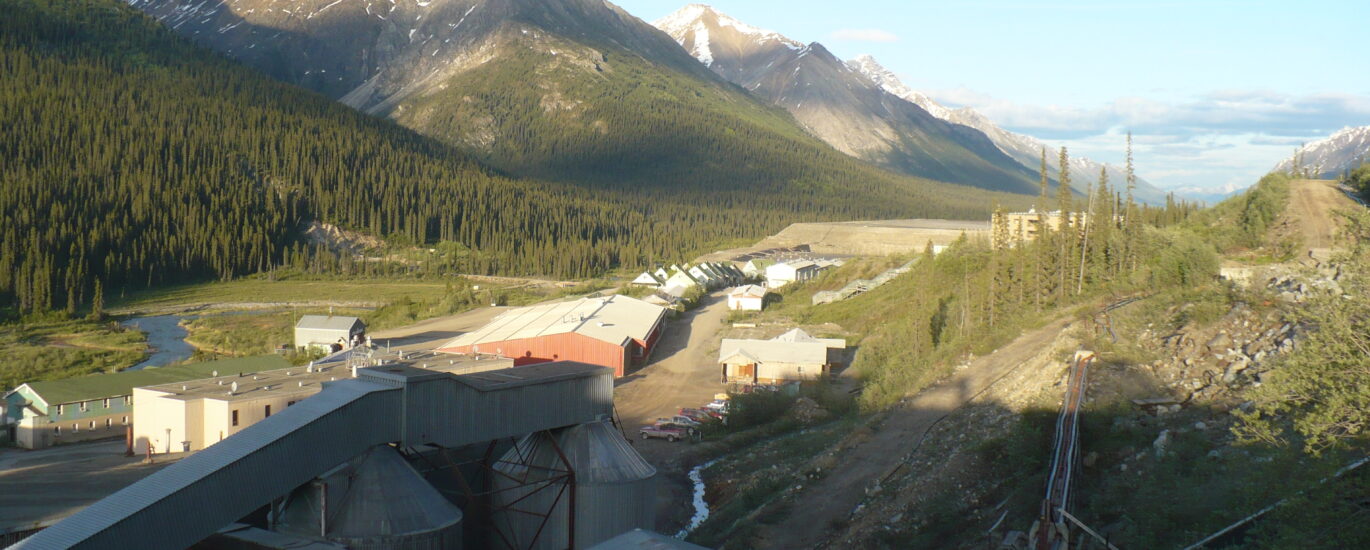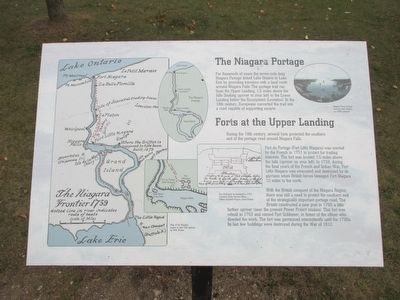Welcome to the Tungsten Mountain Mine in the eastern slopes of the Snake Range, Nevada. This historical site, though now in ruins, played a crucial role during the early 20th century mining boom. The story begins in 1909 when Alfred Johnson, a determined prospector, filed an application for mining rights in Snake Creek Canyon. This sparked a legal battle with a local rancher, which Johnson eventually won. His victory paved the way for the discovery of rich tungsten deposits by John D. Tilford a few years later. Tilford’s Bonita Mine and Johnson’s own Johnson Lake Mine became significant contributors to the tungsten supply, a metal prized for its use in steel alloys and military applications.
Life at Johnson Lake Mine was harsh. Miners lived in simple log cabins, the remnants of which still whisper tales of a bygone era. These workers endured long, dark hours underground, facing the constant threat of accidents and exposure to hazardous gases. Despite these challenges, the mine thrived, especially during World War I when tungsten was in high demand for military use. However, its prosperity was short-lived. A devastating snowslide in the 1930s halted operations, leading to the mine’s eventual abandonment.
Today, the site is a window into the past, offering insights into the mining life and early 20th-century industrial efforts. Archeologists continue to uncover artifacts, piecing together the daily lives of those who once called this remote area home. As you explore these grounds, imagine the resilience and determination of the miners who sought fortune in the rugged Nevada landscape.



